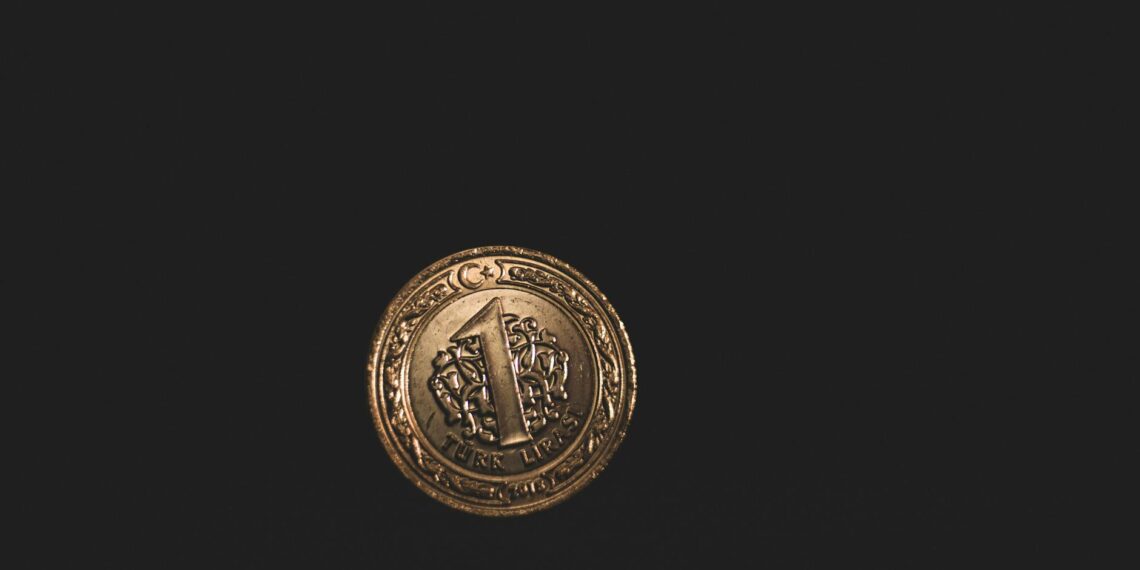Justinian I (reigned 527-565 AD) was a significant Byzantine emperor. His reign saw a revitalization of the empire and a reform of its coinage . His coins provide valuable insights into the political and economic conditions of his time. Here’s a summary of key features:
- Gold Solidus: The main gold coin weighed 4.5 grams and maintained high purity (24 karats) throughout much of Justinian’s reign.
- Bronze Follis: A large copper coin worth 40 nummi, marked with a large “M” on the reverse. This denomination also underwent reform under Justinian, with increased weight and the introduction of a frontal portrait of the emperor (borrowed from the gold solidus).
- Other Bronze Denominations: Half-folles (20 nummi) marked with a “K”, and smaller denominations like the 10-nummus (marked with “I” or “X”) and 5-nummus (marked with “Є” or “V”) were also issued.
- Frontal Bust: Justinian I was the first Byzantine emperor to consistently feature a full-face portrait on his coins, which became the standard for subsequent Byzantine emperors.
- Imperial Regalia: Justinian is often depicted wearing a helmet, armor, and a diadem adorned with a plume and trefoil ornament.
- Globus Cruciger: He is typically shown holding a globus cruciger (a cross-bearing orb) in his right hand, symbolizing his Christian authority.
- Shield Motif: A shield decorated with the motif of a horseman riding over a fallen enemy is frequently seen on Justinian’s coins, reflecting military power.
- Reverse Designs: The reverse of the coins often features a large letter “M” (for the follis), signifying the denomination, along with a cross, control marks and the regnal year marks. The gold solidus’ reverse depicts an angel holding a staff and globus cruciger.
- Propaganda: Byzantine coins served as a tool for imperial propaganda, connecting the emperor to his subjects and promoting the idea of divine right and God’s protection for the state.
- Historical Documentation: The images and inscriptions on Justinian’s coins provide valuable documentation of historical events, including military triumphs and the promotion of Christianity.
- Economic Impact: Justinian was responsible for maintaining the weight and purity of the coins, ensuring their value for trade and payments.
Justinian I’s coins are miniature artistic and historical documents, showcasing the emperor’s power, promoting Christianity, and reflecting the political and economic landscape of the Byzantine Empire during his influential reign.











What is the rarest Roman coin ever found?
Good point! EID MAR Denarius: among the rarest Roman coins in existence. When it comes to sky-high rare Roman coin values, few can compete with the EID MAR Denarius.
Are Greek coins worth anything?
Good point! Ancient Greek coins, those in greater conditions, can be extremely valuable and, consequently, sought-after. Nevertheless, we do believe that incorporating such an instance can boost the quality and cultural significance of a collection for good.
What is the oldest coin on Earth?
However, Lydian staters are widely considered to be the world’s oldest coins. They are made from electrum, a mixture of gold and silver. These early coins were minted around 600 BCE in the kingdom of Lydia in the modern-day country of Turkey.